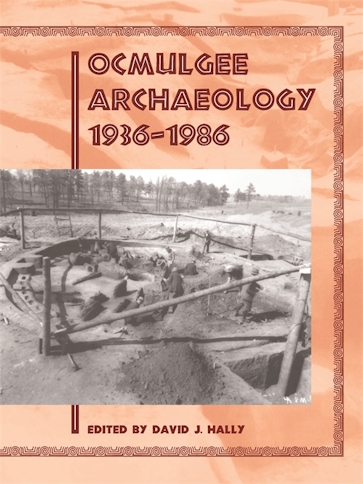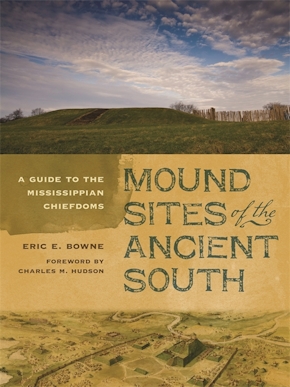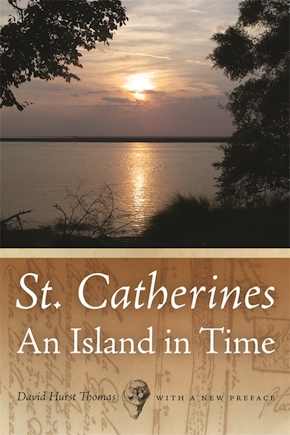Ocmulgee Archaeology, 1936–1986
Title Details
Pages: 256
Illustrations: 16 b&w photos and 40 figures
Trim size: 8.250in x 11.000in
Formats
Paperback
Pub Date: 11/01/2009
ISBN: 9-780-8203-3492-9
List Price: $34.95
Related Subjects
Other Links of Interest
• Learn more about the Ocmulgee mounds at the New Georgia Encyclopedia
Ocmulgee Archaeology, 1936–1986
Skip to
- Description
- Reviews
- Contributors
From 1933 to 1941, Macon was the site of the largest archaeological excavation ever undertaken in Georgia and one of the most significant archaeological projects to be initiated by the federal government during the depression. The project was administered by the National Park Service and funded at times by such government programs as the Works Progress Administration, Civilian Conservation Corps, and Civil Works Administration. At its peak in 1955, more than eight hundred laborers were employed in more than a dozen separate excavations of prehistoric mounds and villages.
The best-known excavations were conducted at the Macon Plateau site, the area President Franklin D. Roosevelt proclaimed as the Ocmulgee National Monument in 1936. Although a wealth of material was recovered from the site in the 1930s, little provision was made for analyzing and reporting it. Consequently, much information is still unpublished.
The sixteen essays in this volume were presented at a symposium to commemorate the fiftieth anniversary of the founding of the Ocmulgee National Monument. The symposium provided archaeologists with an opportunity to update the work begun a half-century before and to bring it into the larger context of southeastern history and general advances in archaeological research and methodology. Among the topics discussed are platform mounds, settlement patterns, agronomic practices, earth lodges, human skeletal remains, Macon Plateau culture origins, relations of site inhabitants with other aboriginal societies and Europeans, and the challenges of administering excavations and park development.
In his introduction . . . Hally gives an excellent overview of the vast research that was conducted in the Ocmulgee area during the 1930s and also makes clear how problematic the data collected are for researchers today. . . . The volume provides a summary of contemporary research in the southeast, particularly on the later prehistory of the region, framed in the context of questions raised first in the 1930s.
—American Indian Culture and Research Journal
A remarkable compendium of Georgia archaeology, both past and present . . . Will undoubtedly become a standard reference in Georgia archaeology, providing not only a sense of the roots of the field in this state, but also a sound overview of the results of fifty years of subsequent research.
—Georgia Historical Quarterly
A must for serious students of southeastern prehistoric and historic Indian times.
—Gary L. Fogelman, Indian-Artifact
David G. Anderson
David J. Hally
Charles M. Hudson
Gregory Waselkov
Mark Williams
Stephen Williams
Dennis B. Blanton
Daniel T. Elliott
James B. Griffin
Glen T. Hanson
Richard W. Jefferies
Jesse D. Jennings
Vernon James Knight
Lewis Larson
Jerald Ledbetter
Lisa O'Steen
Mary Lucas Powell
Thomas J. Riley
Gerald F. Schroedl
Frankie Snow
John W. Walker
Gordon R. Willey



